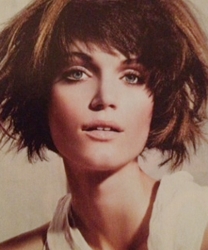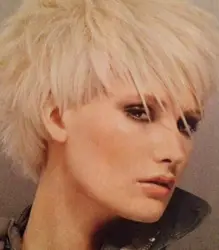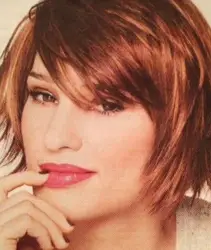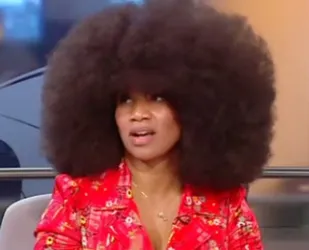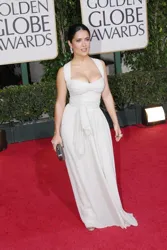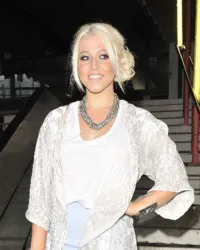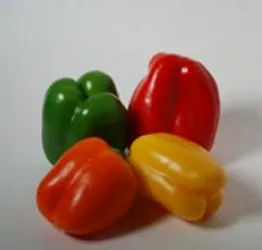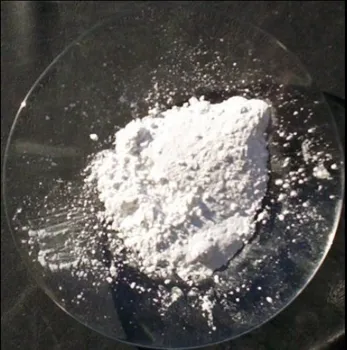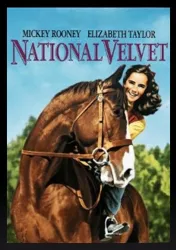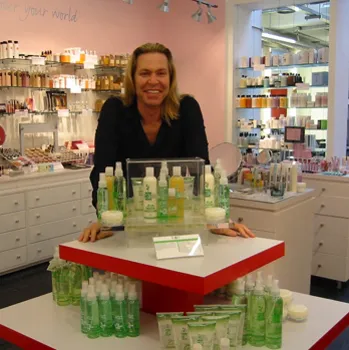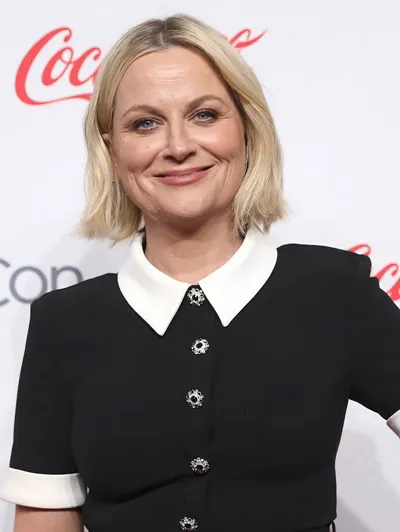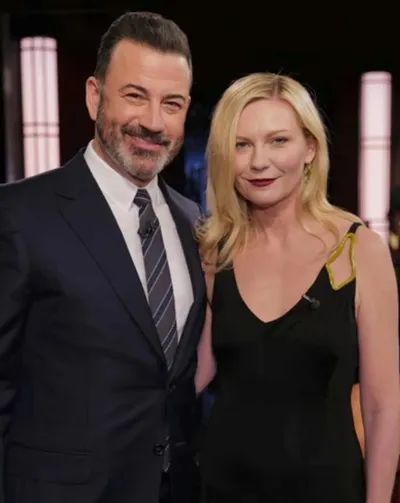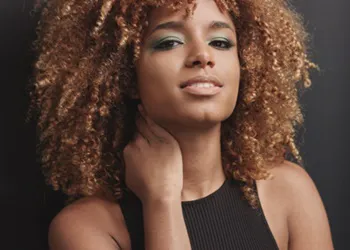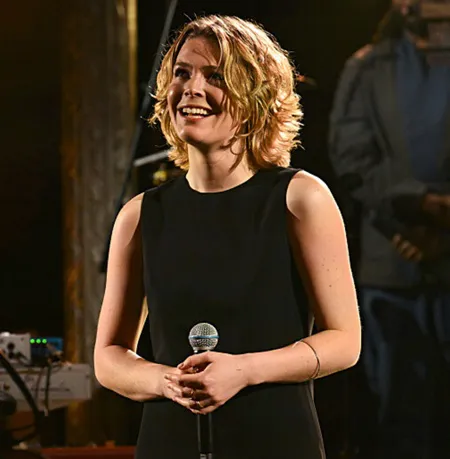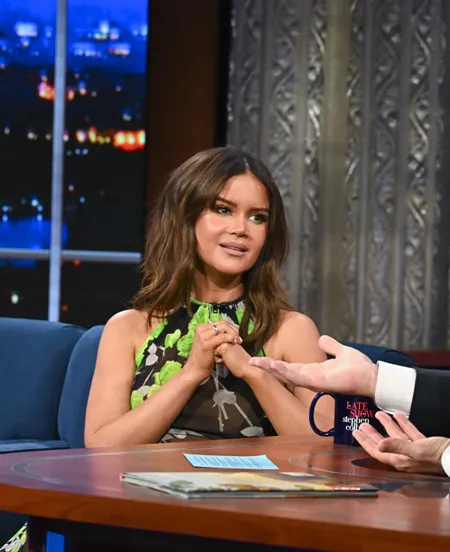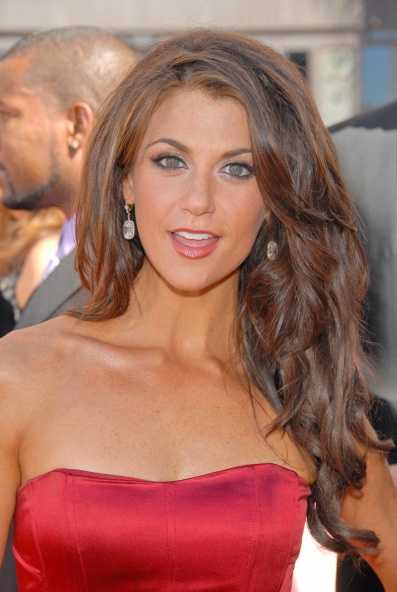
Textured Hair Effect
Introduction - Textured Hair EffectEven if your hair has very little natural bend, curls or waves, you can still create a textured hair effect with the right hair cut, styling and hair products. A modern day shag hairstyle incorporates precision cut layers which are rough dry and tousled.
How To Style - Textured Hair Effect
1. Start with a precision layered haircut designed to enhance your natural texture.
Work with an experienced hairstylist who can design a haircut around your natural type, texture, desired length and current condition of your hair. Optionally his haircut and style can be designed around a fringe or not.
If your natural hair is thick and bulky, a professional hairstylist can use a variety of cutting techniques. There two very basic techniques for adding texture to the hairstyle and/or removing bulk.
Hair pointing, or Point Cutting is a technique where thin segments of the hair are combed up, held between the fingers and points are cut into the hair using the scissors pointing inward toward the scalp. The effect can be very subtle or very chunky, depending on the width and depth of the points cut into the hair. Point cutting is typically used on shorter hairstyles to add texture and interest to the style, as well as to remove bulk and balance the hair in areas where it may be too thick.
Hair slithering, or simply Slithering, is a technique where the hair is thinned by taking the scissors and holding them open slightly and gliding them along the length of the hair away from the scalp. Slithering is generally used to remove bulk from longer hair styles and to make the hair hang more smoothly or give a lighter texture to a long hairstyle.
Both of these techniques offer ways to add variety to very similar hairstyles, but you should always pay close attention to what your stylist is doing when you visit the salon.
As a general rule, the hair should not be textured more often than every third haircut. A stylist who performs these techniques more often on the individual (or is careless when performing them the first time) can remove too much hair and leave the hair looking ragged (short hair) or stringy (long hair).
Remember that it is your prerogative to tell the stylist if you feel he/she is removing too much hair with texturing techniques. You, as the client have the right to ultimately control what a stylist does with your hair. If at any point during any service, you should always feel free to stop a stylist and have him/her at least explain what is taking place.
Cleanse Hair
2. Cleanse your hair with a formula designed for your hair type, texture and condition. If you have naturally dry or damaged hair or have hair which tends to frizz, you may wish to opt for a hydrating formula. Another option is to utilize a Diluted Shampoo (DS), No Poo, Low Poo or Conditioner Only (CO) cleansing formula.
3. Finish cleansing process by rinsing hair well. Apply a rinse out conditioner from the top of your ears down to the ends. Detangle hair with a hair-friendly comb working from the ends to the roots in small section. Work around the head until all of the hair has been completely detangled.
4. Rinse hair completely. Finish with a cool/cold water rinse.
5. Towel blot hair to remove excess water.
6. Apply a styling cocktail to damp hair which is designed to enhance hair texture. Opt for a gel-cream which helps to create a tousled, undone-yet-done effect while giving hair a hint of grit, extra lift and a tousled, shine-free finish. A gel-cream creates one-of-a-kind, freehand looks. Apply at roots for extra lift.
Or apply a paste to slightly damp hair. Take a dime size amount of product, rub between your palms and apply to hair and style. Twist hair around fingers, using product to sculpt and style each section. Blow-dry hair for a tousled, wind-blown look. Define individual areas with your fingers.
You may also utilize paste on dry hair. Using your fingers, apply paste to individual areas to create a textured, messy look.
7. Blow dry with a diffuser for more texture and volume. Optionally you can blow-dry with a paddle brush. When hair is completely dry, use fingers to loosen and ruffle.
8. To finish, add hairspray, then use pomade for definition.
Summary - Textured Hair Effect
Even if your hair has very little natural bend, curls or waves, you can still create a textured hair effect with the right hair cut, styling and hair products. A modern day shag hairstyle incorporates precision cut layers which are rough dry and tousled.
An experienced hairstylist can utilize a variety of cutting techniques to transform too thin, too thick or stick straight hair into a textured hair effect.Social Media Network Information
Please follow us on Twitter at: https://Twitter.com/HairBoutique. I look forward to meeting new people from all walks of Twitter and learning from their Tweets.


